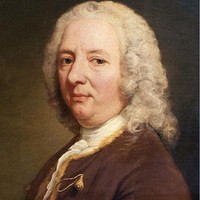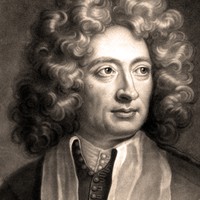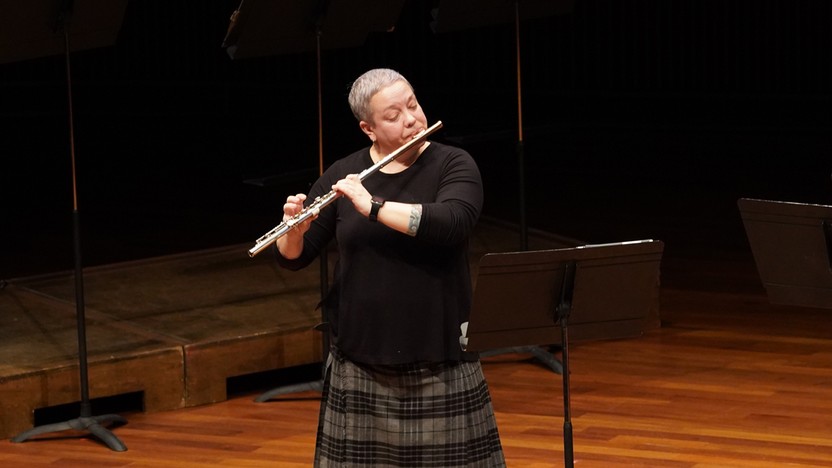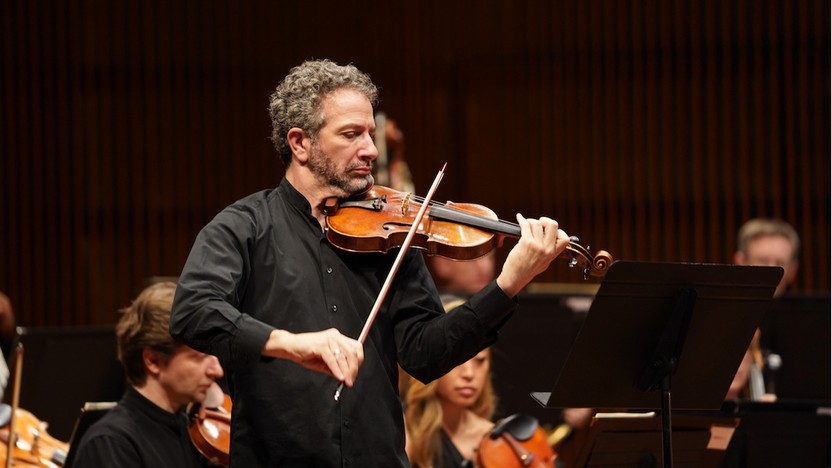Details

Domenico Scarlatti
Sinfonia No. 7

Francesco Geminiani arr. Steven Copes
Sonata, Opus 4, No. 9 (World Premiere)

Johann Sebastian Bach
Orchestral Suite No. 2
From 1729 to 1741, Bach directed the Collegium Musicum in Leipzig, an ensemble of talented amateurs founded by Telemann during his student days. To fill the weekly programs at Zimmerman’s coffeehouse, Bach brought in his earlier instrumental music as well as pieces by other composers. He also contributed new secular repertoire occasionally, working around his primary duties to provide sacred music for weekly services at the Thomaskirche. Compositions that originated at the Collegium include the seminal keyboard concertos (recycled from older material) and the four orchestral suites. The second suite was actually composed last, in 1738 or 1739, and it may have been Bach’s final orchestral composition.
Each suite begins with a long Ouverture—borrowing a style developed by Jean-Baptiste Lully (1632-1687) in the court of King Louis XIV—before continuing through a series of shorter dance forms. Some of the dance styles favored by the French aristocracy grew out of local folk traditions, such as the bourrée and menuet; others introduced international flavors, for example the Polish-inspired polonaise and the sarabande from Spain’s Latin-American colonies. By Bach’s time, composers freely abstracted and stylized the forms, using them as suggestions for particular rhythms and moods without intending the music to be used for dancing.
The Suite No. 2 uses the smallest ensemble of Bach’s suites, with one flute, strings and basso continuo. The flute has a starring role, particularly in the Ouverture, the contrasting Double section of the Polonaise, and the final Badinerie. Much of Bach’s flute music was labeled flauto, which in his time indicated a vertical instrument, like the modern recorder. The suite, however, specifically calls for a flauto traverso or transverse flute, held sideways like today’s flutes. The flute part requires superb agility and breath control, and the Badinerie has become a favorite showpiece for flute virtuosos.
The substantial Ouverture begins in a broad tempo with the trademark dotted rhythms of the French style; it then moves to a faster fugal section before returning briefly to the opening material. For the next movement, the Rondeau indication suggests a certain pattern of how themes return, rather than a particular dance style for the music, which in this case mimics a gavotte dance with two strong upbeats. The Sarabande is refined and elegant, a civilized adaptation of the fast triple-meter dance first spread by Spanish guitarists. There are two related Bourrée movements, the second featuring flute over a sparser scoring, followed by a recap of the first. The Polonaise has a stern character driven by a walking bass line, while the intervening Double section strips down to a bare chamber music texture of flute and basso continuo. The short Menuet prepares the brisk finale, the Badinerie. This fairly uncommon heading does not match any particular dance; it simply indicates music of a playful, jesting character.
Aaron Grad ©2011

Arcangelo Corelli
Concerto Grosso, Opus 6, No. 10
About This Program
This one-hour concert bubbles with life, from sparkling flutes to spirited strings. Featuring music that dances and delights, the program highlights the lively energy of Baroque music, including the virtuosic influences of Italian contemporaries like Scarlatti, Geminiani and Corelli on the development of Bach. With a playful energy akin to a flute concerto, Bach’s second orchestral suite, one of the musical throughlines of our 2025.26 season is paired with Geminiani’s violin sonata. Originally written for violin and harpsichord, this program features a new, captivating arrangement by SPCO Concertmaster Steven Copes. Whether you're new to Baroque music or a longtime fan, this program offers an invigorating dose of beauty, motion and joy.
Our Express Concerts are 60-75 minutes of music without intermission. Learn more at thespco.org/express.


